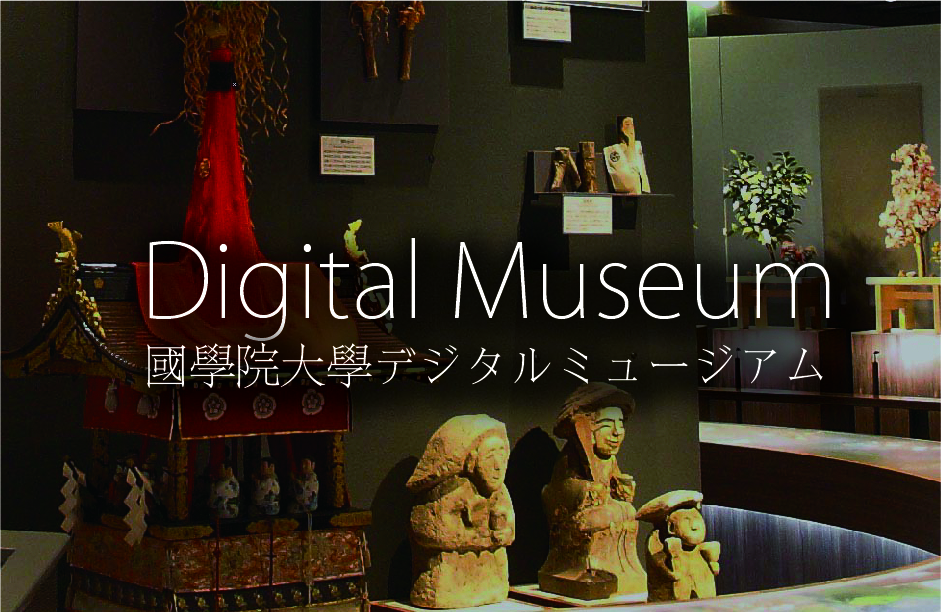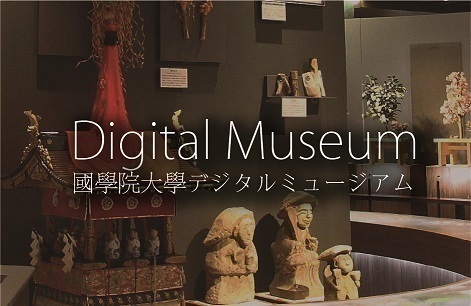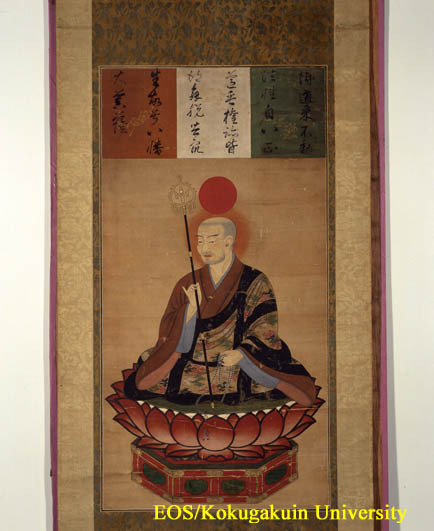- トップ
- Encyclopedia of Shinto
- Hachiman Shinkō
Encyclopedia of Shinto
| Main Menu: | |
| Links: |
詳細表示 (Complete Article)
| カテゴリー1: | 6. Belief and Practice |
|---|---|
| カテゴリー2: | Shrines and Cultic Practices |
| Title | Hachiman Shinkō |
| Text | The faith of Hachiman began at Usa Hachimangū and the location of this shrine and five other Hachiman shrines (gosho betsugū) in the Kyūshū area (the five shrines are Chikuzen's Daibu Hachiman, Hizen's Chiriku Hachiman, Higo's Fujisaki Hachiman, Satsuma's Nitta Jinja, and Ōsumi's Shō Hachimangū) show that the faith developed in the Kyushu area in ancient times. When the temple Tōdaiji's Great Buddha was constructed in the Nara period, the "shrine priestess" (negini) of Usa, Ōga no Ason Morime, traveled to the capital and received a "message" (takusen) from Hachiman saying that the kami would assist in the sculpture's construction, thus introducing the cult of Hachiman to the center of Japan. Being located close to the continent, Hachimangū was at the forefront for receiving cultural influences from there and because of this, "kami and Buddha syncretism" (shinbutsu shūgū) developed there quite early. Temples related to Hachiman existed in the Hakuhō Period and these were consolidated into the "shrine temple complex" (jingūji) Miroku Temple, which was established in 725. The journey of Hachiman to the capital and the oracle (takusen) accelerated the tide of shinbutsu shūgō syncretism in the central regions. In 781 the imperial court awarded the kami the "kami title" (shingō) "Daibosatsu" (Gokoku reigen iriki jintsū daibosatsu) and images of Hachiman were produced depicting him as a monk. From this, we can see that compared to other shrines, the cult of Hachiman had particularly strong shinbutsu shūgō syncretic qualities. Thus there are many examples of Hachiman shrines "established" (kanjō) as the guardian shrines (chinjusha) of such temples as Daianji, Tōdaiji, Yakushiji, and Tōji. Likewise, the Hōjō-e festival at Hachimangū originates from a Buddhist ritual of releasing living animals that is based on Buddhist prohibitions against killing. In 720 there was an uprising of the Hayato people from the regions of Ōsumi and Hyūga and many Hayato people were killed during its suppression. It is said that Usa-Hachiman was established in order to expiate the sins of killing incurred during this suppression. This story is told at Hachiman shrines in various regions. In the late Nara Period, Wake no Kiyomaro received a takusen from Hachiman which thwarted the monk Dōkyō's scheme to usurp the throne. This incident strengthened Hachiman's character as a guardian kami of the imperial house. In 860 according to the activities of the monk Gyōkyō of Daianji, an emanation of Hachiman was brought from Usa and established (kanjō) as the shrine Iwashimizu Hachimangū. This shrine became the focal point for the cult of Hachiman in the capital. The shrine was called Iwashimizu Hachimangū Gokokuji, and was structured as a "shrine temple system" (miyaderasei) in which "shrine monks" (shasō) such as kengyō or bettō took control of the shrine's management. Shinbutsu shūgō developed further at the shrine and the "original Buddha" (honji butsu) assigned to the kami Hachiman was the Buddha Amida (Amitābha). Later Iwashimizu was included in the "twenty-two shrines" (nijūnisha) and was ranked just below Ise Jingū. At the end of the eleventh century Hachiman and Ise were called the "Two Imperial Mausoleums" (nisho sōbyō)and Hachiman attained the status of imperial ancestral kami. Based on this status, Hachiman also came to be regarded as the "clan kami" (ujigami) of the Genji clan. Thus Minamoto no Yoshiie had his coming of age ceremony (genpuku) at Iwashimizu Hachimangū and called himself Hachiman Tarō. Hachiman's character as the ujigami of the Sewa emperor lineage Genji clan come to the forefront and at the end of the Heian Period the shrine Tsurugaoka Hachimangū was "established" (kanjō) in Kamakura. In the medieval period, Hachiman developed from the Genji clan's ujigami into the guardian kami of the warrior class, and many Hachiman shrines were established (kanjō) on estates (shōen) in various regions as the "tutelary guardian of those areas" (chinjugami). — Satō Masato |







